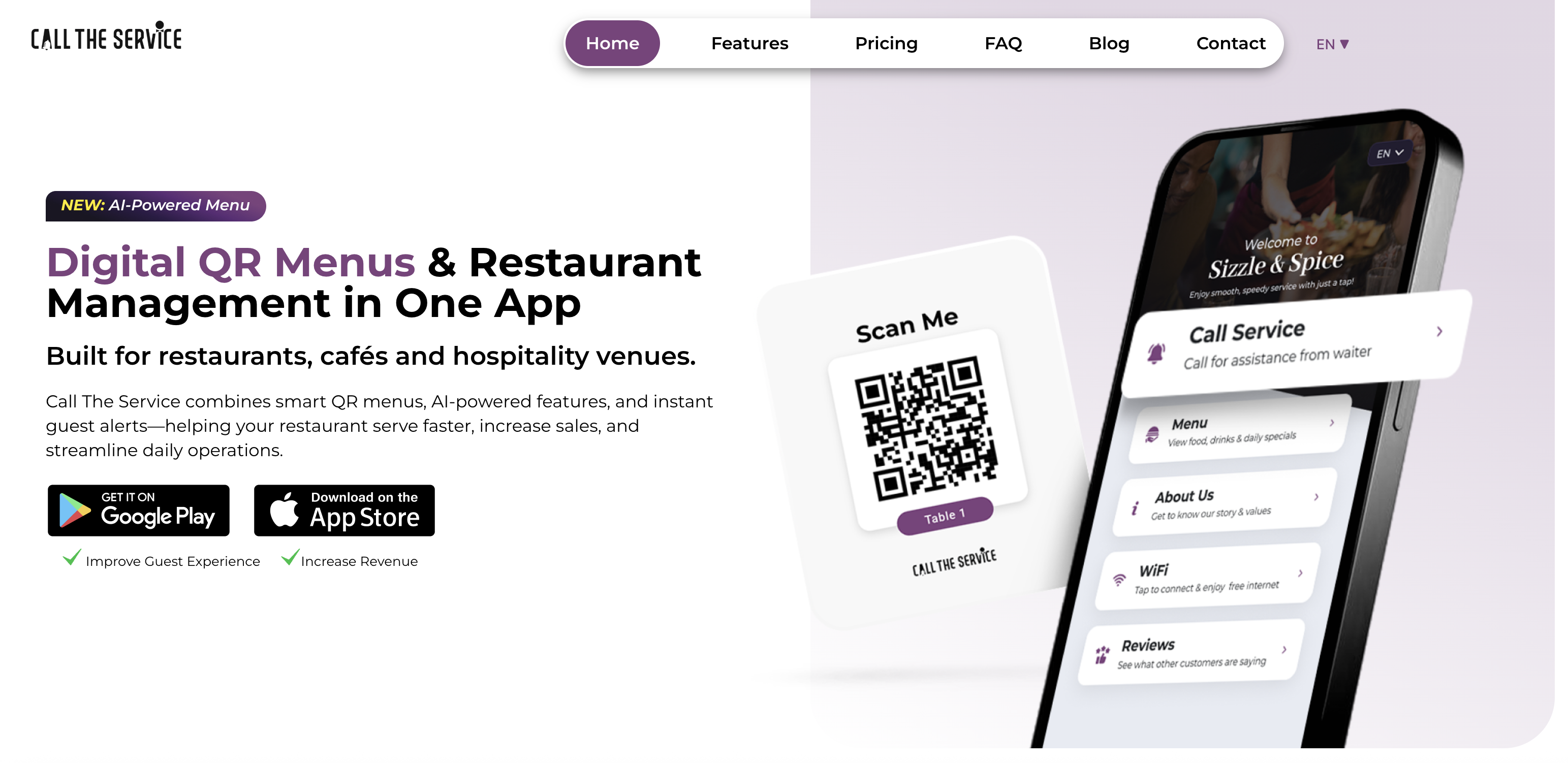Adapting to Shifting Spending Patterns
Consumer behavior has changed in recent years, with many diners spending less on eating out. While this trend poses challenges, it also creates opportunities. By adopting the right strategies, restaurants, clubs, and beach clubs can focus on increasing restaurant revenue even in tighter markets. Success lies in balancing affordability, customer experience, and operational efficiency.
Diversify Offerings with Affordable Options
- Introduce a variety of menu items at different price points.
- Create daily specials, combo deals, or smaller portions to appeal to budget-conscious diners.
- Affordable options ensure you capture more guests while keeping your brand accessible.
This approach widens your customer base while contributing to increasing restaurant revenue without lowering food quality.
Enhance Customer Experience
When guests are cautious with their spending, they become more selective about where they dine. Restaurants can:
- Elevate service with attentive staff and personalized touches.
- Invest in unique ambiance and memorable dining experiences.
- Encourage repeat visits through word-of-mouth and loyalty built on excellent service.
A great experience drives guest retention, one of the most effective ways of increasing restaurant revenue.
Leverage Technology for Efficiency and Engagement
Technology is now a cornerstone of success in hospitality. Tools like Call The Service (CTS) transform dining into a seamless, interactive experience by:
- Allowing guests to browse digital menus, call staff, place orders, and pay bills directly via QR codes.
- Supporting multilingual menus to serve international guests.
- Offering AI-generated dish images that make menus more engaging.
- Collecting guest reviews in real time for Google Maps and social media.
By modernizing service, restaurants not only improve guest satisfaction but also contribute directly to increasing restaurant revenue through faster table turnover and higher engagement.
Implement Loyalty and Reward Programs
- Develop points systems, exclusive discounts, or members-only perks.
- Reward repeat visits and build a sense of belonging among diners.
- Loyalty programs help turn occasional guests into consistent patrons.
These programs are proven drivers for increasing restaurant revenue, as retaining customers is more cost-effective than constantly acquiring new ones.
Incorporating Guest Feedback
Understanding guest needs is critical for adapting to new spending habits. Effective feedback channels include:
- Surveys via email or QR codes.
- Comment cards at the table.
- Digital feedback platforms integrated with apps.
- Social media monitoring and review site engagement.
- One-on-one conversations and focus groups.
This data provides valuable insights that guide improvements, directly supporting the goal of increasing restaurant revenue by aligning services with customer expectations.
Focus on Quality and Value
Customers may be cautious with spending, but they still want value for money. Restaurants can:
- Source high-quality ingredients.
- Highlight sustainability and freshness.
- Deliver dishes that exceed expectations at every price point.
Value-driven quality justifies pricing and strengthens reputation, fueling long-term growth.
Expand Revenue Streams
Beyond traditional dine-in, consider:
- Catering, delivery, and takeaway services.
- Meal kits or branded merchandise.
- Special events, themed dinners, or cooking classes.
Diversifying offerings not only creates resilience but also opens new avenues for increasing restaurant revenue.
Optimize Operational Costs
- Reduce waste and negotiate with suppliers.
- Use staff scheduling tools to match peak hours.
- Optimize utilities and marketing spend.
- Operational efficiency protects margins and keeps revenue gains sustainable.
Also Read – QR Codes for Smarter Dining
Call The Service (CTS): A Partner in Growth

Alongside these strategies, Call The Service (CTS) provides a cost-effective way to modernize and streamline operations.
Key Features-
- Digital Guest Page & Customization (Free): Create unlimited, branded digital menus with instant updates and no reprinting costs.
- Table & Staff Management & Guest Call: Organize floor plans, assign staff, and route requests via QR codes.
- Guest Rating Function (Free): Collect real-time reviews to boost credibility.
- Efficiency Monitoring (Free): Track call volume, response times, and staff performance.
- Advanced Features: Multilingual menus and AI-generated dish images for global appeal and faster updates.
By integrating CTS, restaurants enhance service quality, improve branding, and create seamless guest interactions—all of which support increasing restaurant revenue in a sustainable way.
Conclusion
The shift in consumer spending patterns doesn’t have to hinder growth. By diversifying menus, focusing on quality, collecting feedback, leveraging loyalty, and adopting technology, restaurants can adapt successfully. Partnering with Call The Service (CTS) ensures operations stay modern, efficient, and customer-friendly—essential ingredients for long-term profitability.
Take the next step in increasing restaurant revenue with Call The Service (CTS)—the all-in-one solution for efficiency, engagement, and guest satisfaction.



